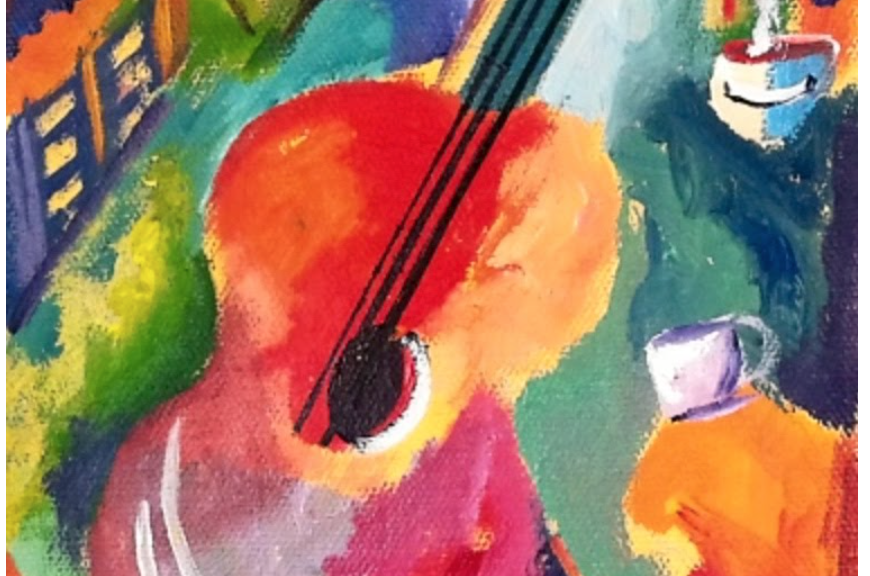It’s been a very busy couple of weeks for me with some very involved off campus projects which have consumed a lot of time while maintaining the complete teaching schedule. I learn from each and every one of you and really strive to make each minute in the lesson count. There were a few very interesting insights I had which I wanted to share, these being being on comments or questions from one or another of the students, bass and guitar.
One student, a very gifted one(!), surprised me by stating, in response to some advice I was giving him about practice techniques away from the instrument, that he didn’t really see what what important about practice away from the instrument. This surprised me because I thought I really make the point to each student how really key it is to do that. I would go so far as to say it’s probably at least as important as practicing at the instrument and probably MORE so.
What kinds of practicing am I talking about? Well, there are several types. One would be visualization, that is imagining you are playing the guitar or bass and really actively practice something, like a scale or phrase, or a tune or somebody else’s solo and including, of course, one’s own improvising. It also would include listening, singing (solfegging), imitative practice with recordings, rhythmic practice and so on.
With many of the students, I started using the iPad more in our lessons and think it is a very positive tool we can use at times. In many cases, students were surprised at how good they sounded! We spend a lot of time in a hypocritical mode and it’s important to remember that it’s essential to really do away with any self-conciousness when we are in creative mode, which is where we are when we are soloing. It’s a paradox because, every note is important, very important, so this is the process, where we are striving toward total awareness in combination with a lack of self consciousness!
In some cases, something we heard/saw on the recording led to questions about ways to identify and include more of something lacking in the playing. For one student this was be-bop “vocabulary” and I responded by giving that student some very specific stock phrases to be sequenced through the tune he was playing and then manipulated in different ways. In another student it was more focused on conceptions of “time”, which is of course not always an easy thing, and recordings can teach us so very much.
Those are just a couple of examples, but I really enjoy each moment with each student and observing the growth process as it unfolds.

